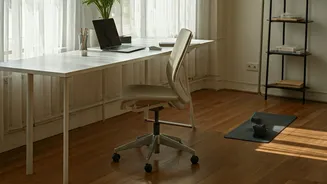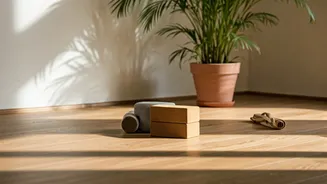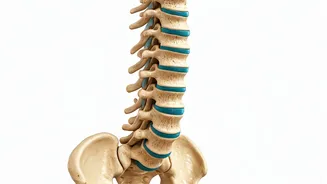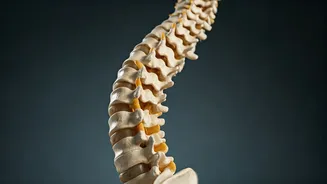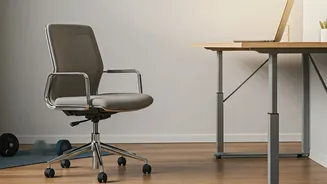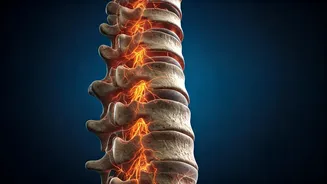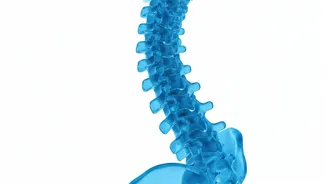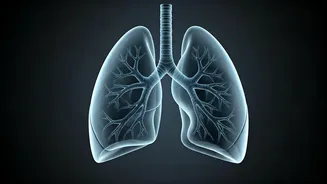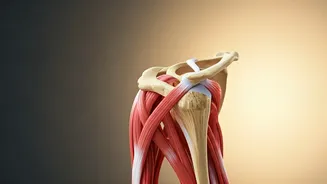Understanding Desk Stiffness
The modern workplace often necessitates prolonged periods of sitting, a practice that can significantly impact physical health. The human body is designed
for movement, and extended periods of inactivity can lead to decreased flexibility, weakened muscles, and an increased risk of musculoskeletal problems. This sedentary lifestyle causes muscles to tighten, restricting blood flow and potentially causing discomfort and pain. Understanding these physical effects is the first step towards taking proactive measures to combat them. Implementing regular stretching exercises is a powerful way to mitigate these effects, helping desk workers maintain optimal physical health and alleviate the consequences of prolonged sitting.
Shoulder Rolls: Release Tension
Shoulder rolls are a simple yet effective exercise for releasing tension accumulated in the upper back and shoulders. To perform this stretch, sit upright with your feet flat on the floor. Begin by slowly rolling your shoulders forward in a circular motion, gradually increasing the range of movement. After a few repetitions, reverse the direction, rolling your shoulders backward, squeezing your shoulder blades together. This action helps to loosen the muscles around the shoulders and upper back, providing immediate relief from stiffness. Performing shoulder rolls regularly can improve posture and prevent the development of painful knots caused by prolonged sitting. This gentle movement encourages circulation, reduces stress, and fosters a sense of relaxation throughout the upper body.
Seated Neck Stretch
The seated neck stretch provides relief from neck stiffness, a common complaint among desk workers. Sit comfortably and gently tilt your head towards your right shoulder, bringing your ear close to your shoulder without raising your shoulder. Hold this position for a few seconds, feeling the stretch along the left side of your neck. Repeat the same movement on the left side. You can gently enhance the stretch by using your hand to slightly pull your head toward your shoulder. The seated neck stretch targets the often-tense neck muscles, relieving pressure and improving flexibility. Consistent practice of this stretch can help prevent headaches, neck pain, and improve overall comfort and mobility. Be sure to perform this stretch with control and avoid pushing yourself too hard to prevent injury.
Wrist and Finger Stretches
Desk work often involves repetitive movements of the hands and wrists, contributing to stiffness and potential discomfort. Wrist and finger stretches counter these effects. Extend one arm in front of you with your palm facing down. Gently bend your wrist downward, using your other hand to apply a slight pressure to increase the stretch. Then, bend your wrist upward, holding the position for a few seconds. Similarly, make a fist and then slowly extend your fingers, spreading them wide. This ensures that the muscles in your hands and forearms remain flexible and strong. These stretches can help prevent conditions like carpal tunnel syndrome, which are frequently linked to desk jobs. Regular incorporation of wrist and finger stretches promotes better circulation in the hands, alleviates tension, and maintains the dexterity needed for computer work and other tasks.
Seated Spinal Twist
Prolonged sitting can cause the spine to become stiff. The seated spinal twist is an excellent exercise to promote spinal flexibility and release tension in the lower back. Sit tall in your chair with your feet flat on the floor. Place your right hand on your left knee and your left hand on the back of your chair. Gently twist your torso to the left, looking over your left shoulder. Hold this position for a few seconds before returning to the center. Then, repeat the twist in the opposite direction. This exercise gently mobilizes the spine, increasing blood flow and reducing stiffness. The seated spinal twist can help alleviate back pain, improve posture, and enhance overall body awareness. Practicing this stretch can contribute significantly to spinal health and overall well-being during and after work hours.
